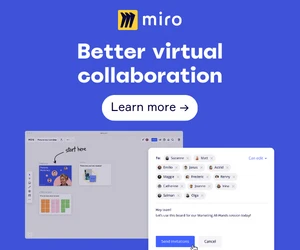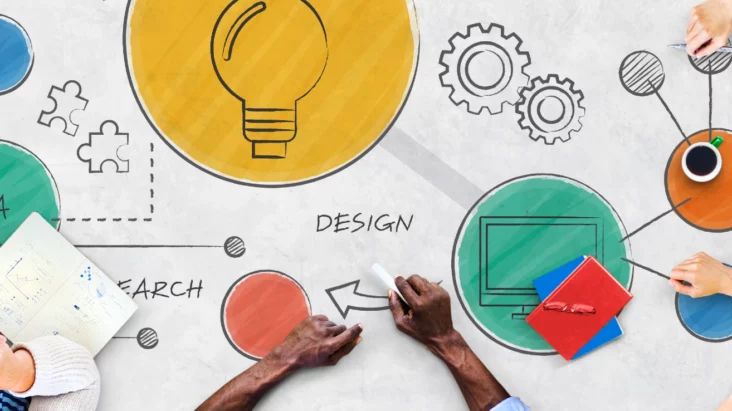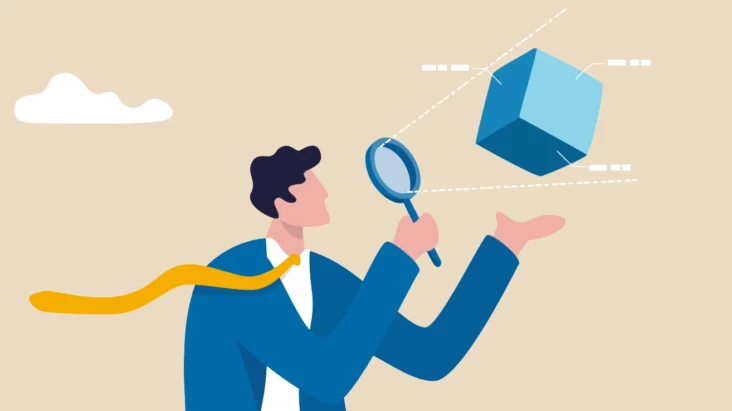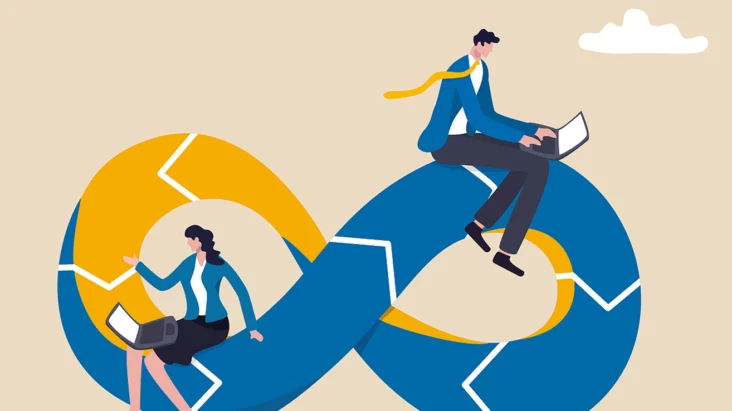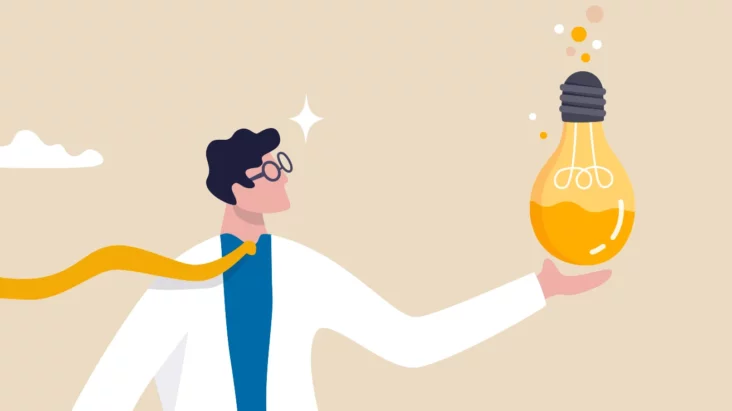In brief:
Finding the one powerful user problem to solve can seem daunting for many entrepreneurs or enterprises – especially those just starting out or seeking to achieve product-market fit. You know there are problems and opportunities in your target market, but you may not be sure where to start in order to get an actionable understanding of what the most pressing issues are. Thankfully, taking a methodical approach from the beginning will help narrow down your focus so that you can end up with a solid foundation on which to build your product. Today, we’re going to explore the agile discovery phase of a project and the techniques that you can use when designing and developing products, and discuss how they can aid you in finding that single user problem worth tackling first.
Have you ever felt like you were working on a project, but didn’t quite know what the problem was that needed to be solved? If so, then an agile discovery phase may be needed! This crucial part of any project helps identify and understand the user needs, constraints and objectives. It’s a great way to ensure success by understanding your users better before diving into development. And best of all: it doesn’t require any coding or technical skill – just an inquisitive mind ready to uncover hidden opportunities!
What is the Agile Discovery Phase?
Agile discovery phase is a great way for teams to get a thorough understanding of the project or product they are going to be working on. It allows organisations to break down and define the scope of the project, identify any risks that may arise, and create a plan of action for the project. This type of discovery process helps create an understanding between stakeholders, developers and other team members so everyone is working towards the same goals and objectives. Agile discovery helps teams define what success looks like in terms of customer satisfaction, development time, timeline and delivery. By taking time to fully understand the project before beginning development, teams can save significant amounts of time by eradicating costly mistakes later down the line.
The Benefits of the Agile Discovery Phase
The benefits of the discovery phase include:
- Gaining a better understanding of the problem that needs to be solved.
- Learning about your users and their needs.
- Identifying any constraints or limitations you may face when making changes.
- Understanding the underlying objective for your project.
- Finding opportunities to improve things even further.
- Determining whether it makes sense to move forward with prototyping or not.
Miro: Improve Your Service Experience with Miro's Service Blueprint Template!
AFFILIATE AD
With Miro’s Service Blueprint Template, you can get a better understanding of and improve your service experience. It allows you to identify areas where customer experience can be improved and provides all components needed for a successful blueprint; physical evidence, customer actions, frontstage and backstage employee actions, and support process.
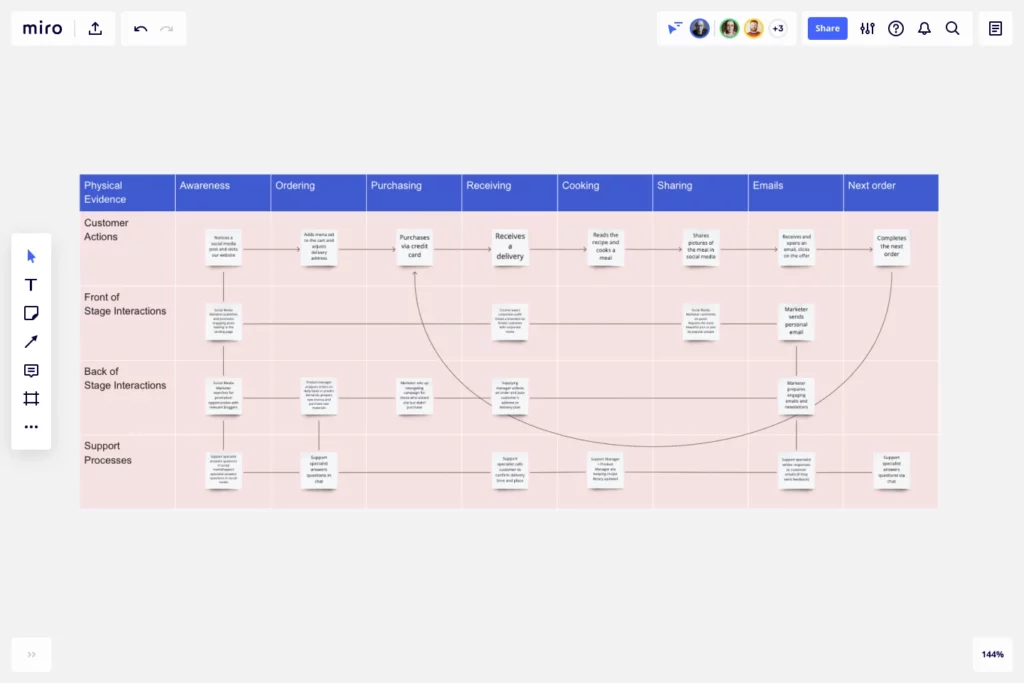
What to Consider During Agile Discovery
Setting Goals and Defining Problems
The Agile Discovery phase is a key step in your development process. It’s important to set a goal for this phase and make sure it’s measurable and achievable. This can include deciding which market you’ll focus on, a timeline to carry out the research, or what types of problems you’re looking to address. Defining the problem before undertaking discovery helps ensure that you investigate the right areas, so taking time to clearly set goals is invaluable. Once everything is in place, you can dive into the research knowing exactly what success looks like at the end of it.
Understanding User Needs
No matter the project, it’s important to think about who will be using the end product and what their needs are when considering an Agile Discovery Phase. Taking a holistic approach, you should look at all potential users of the future product and carefully consider their requirements. This step is essential as everyone has different requirements, so failure to address them adequately could result in poor product adoption or a flurry of feedback come launch day. Making sure needs are met ensures a successful project and understanding user needs is the key to unlocking this success, making it the most important part of the discovery phase.
To get an accurate picture of what users are trying to achieve and how they go about it, it’s important to look at the broader context. When you start looking into the scope of the problem that you’re dealing with, you might discover that it stretches across departments and external organisations. A great way to visualise this bigger picture is to create a low fidelity map of services that exist outside your area of focus. By understanding the structure of the journey, you can start to identify trouble spots and work out how they can be improved. It’ll also help show if there are any conflicting messages or inconsistencies so that everyone is on the same page when designing solutions.
Identifying Hard and Soft Constraints
Sticking with the subject of looking at the wider context, you’ll need to think about any constraints you may have to work with in the alpha phase. These could include anything from legislation and contracts to legacy technology or existing processes and systems. It’s important to understand which of these are hard constraints that are difficult or impossible to change, such as industry regulations, versus soft constraint like existing processes or technology that could be amended in some way. This part of the discovery phase has a big potential impact on your ability to fulfill user needs before going into the alpha phase, so it’s best to get it right from the beginning.
Defining and Quantifying Value of Solving a Problem
The discovery phase should also focus on understanding the value of solving a particular problem and how it affects the end user. For example, if you’re looking to create an online ordering system, then you need to think about what value it brings to customers in terms of convenience or speed, so that you can identify how much better off they’ll be when your solution is implemented. Quantifying the value of a problem can help make sure that it’s worth investing your time, effort and resources into solving it.
Identifying Opportunities for Improvement
During the discovery phase, it’s important to consider potential opportunities for improvement. Whether it’s reusing data from another government service to save users from having to provide the same information multiple times, or evaluating alternatives to building a service, there can be plenty of steps taken during this initial assessment period. Identifying these issues during discovery is key as it allows teams to set aside time and resources in later stages of development should they decide go ahead with projects. Taking proactive measures early on saves precious time and money further down the line and can significantly help with successful delivery.
Considering Alternatives to Building a Service
As you explore your options during the discovery stage, remember to evaluate alternatives to constructing a service.Ask yourself if there’s another way to solve the problem that might be more effective or less expensive than creating a service from scratch. For example, you could publish content on your website, launch a promotional campaign, collaborate with an NGO, give upgraded information to frontline advisors or open up data or an API to use by third parties. No matter which route you decide to go down, it’s best to think it through and approach your decisions thoughtfully.
How Success Will Be Measured
During the Discovery phase, it is important to anticipate how you’ll measure success as you move forward with a project. Start by considering what data needs to be collected in order to measure service performance and which performance metrics should be used in order to best understand if users are finding the service helpful. Setting clear expectations for success upfront can help the project move forward, making sure you are on track to reach those goals when it comes time for evaluating the end results or implementing it further down the line.
Dwayne Campbell
Product Manager | Agile Coach | Business Analyst | Service Designer
With over 15 years of experience in product management, Dwayne is highly skilled in product development and business analysis. He has a proven track record in delivering products and services that include deploying large-scale global e-commerce & web service platforms and developing new citizen-based services that adhere to strict standards around inclusion and accessibility.
Some final things to consider
Assembling Your Dream Team
A popular framework used in agile project management is Scrum, which encourages teams to break down large tasks into small sprints, focusing on incremental problem-solving. This helps break the project into manageable chunks, providing teams an efficient structure that allows them the flexibility of changing pathways should they hit any obstacles throughout the course of the project. Scrum has been used effectively in many successful projects, making it a great choice for those working with agile principles.
The Length of a Discovery Phase
The length of a discovery phase depends on how much research is needed prior to starting development work on a product or service; typically this lasts 4-8 weeks depending on complexity and scope of work involved in getting started with development work after research has been completed. However, having an understanding about customer needs often requires ongoing communication during subsequent phases; therefore it is important not to underestimate the amount of time required during each stage of development which often extend beyond initial expectations due to unforeseen circumstances arising during later stages such as design or coding issues which can have upstream implications depending on where they arise within the development process timeline (e.g., design changes necessitate code changes).
Assessing the Value of Moving to Alpha Prototype Stage
Making the decision to move on to alpha is a big one! Before pushing ahead, it’s important to consider if you have a viable service that could serve your users’ needs and whether it will be cost effective. Don’t worry if you find out during discovery that it isn’t the right route for you – better to save time and money than waste them on something that won’t deliver results. If you do decide to move forward, make sure you understand the context of what you’re working on and that of related services, team and organisations. Additionally, have a list of ideas ready for alpha as well as people in mind who can join your team. Above all, don’t forget to know how you are going measure success; this feedback loop can help you refine plans in future phases too.
In conclusion:
Overall, the discovery phase of a project is a crucial part of ensuring success. By taking into account user needs and constraints upfront, you can save time and money in the long run by avoiding pitfalls that could have been avoided with proper research. Additionally, it’s important to know how you will measure success so that you can evaluate progress as your project moves forward. Assembling an agile dream team composed of people from different disciplines such as product management, user researchers, content designers and developers can be invaluable when looking for opportunities to improve things during this stage. Finally, don’t forget to assess whether or not moving on to alpha prototype is worth it; if all signs point towards yes then go ahead! With these tips in mind hopefully you’ll be able to make informed decisions about your projects that lead down the path of success.
Reference Sources
- None




